Hakim Mosque of Isfahan | A Masterpiece of Safavid Architecture
Isfahan is renowned for its stunning Iranian architecture, including its distinctive mosques, minarets, mansions, and historic bridges. Among its many architectural gems is Hakim Mosque, also known as Jorjir Mosque, which stands as a testament to the city's rich artistic heritage.
As a major tourism destination in Iran, Isfahan is filled with remarkable structures that leave lasting impressions on visitors. The city's historical sites, particularly its mosques, reflect various periods in history, with many dating back to the Safavid era, attracting countless tourists each year. In the following sections, we will explore the fascinating history and design of Hakim Mosque in more detail.
History of Hakim Mosque in Isfahan
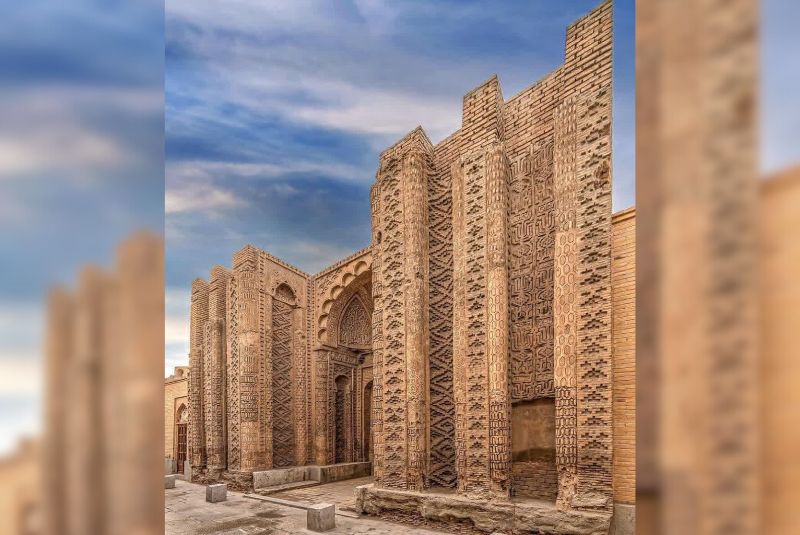
Isfahan is often referred to as "half of the world," a title rooted in its long history as a center of culture and power in Iran. Throughout various periods, Isfahan has remained a focal point for rulers and dynasties, with its origins tracing back to the reign of Thammort, a king of the ancient Pishdadian dynasty. The city's rich history and abundance of cultural landmarks contributed to its designation as the cultural capital of the Islamic world in 2006.
Many recognize Isfahan by its famous landmarks like Naqsh-e Jahan Square, the Zayandeh River, and the iconic Si-o-Se Pol Bridge, which draw countless visitors. However, Isfahan boasts an impressive 22,000 historical and cultural sites, with the majority situated within the city itself. Exploring the winding streets of Isfahan’s old neighborhoods, one can encounter remarkable treasures, including the Hakim Mosque.

The origins of Hakim Mosque date back to the era of the Buyid dynasty. Before its construction, the site was home to the Jorjir Mosque, also known as the Sahib Ismail Ibn Ebad Mosque, built in the 4th century Hijri. The current Hakim Mosque was erected during the Safavid period, with construction beginning in 1067 and concluding in 1073 under the reign of Shah Abbas II. Located in the historic Bab al-Dasht neighborhood, this mosque is surrounded by other ancient structures, further enriching the area's historical significance.
According to historical records, Hakim Mosque was commissioned by Hakim Dawood, a royal physician in Shah Abbas II's court, and his wife Zeynab Begum. This connection is the origin of the mosque's name. However, due to unknown circumstances, Hakim Dawood fell out of favor with the royal court and eventually emigrated to India. There, he served under the Mughal emperor Aurangzeb and was honored with the title of Taqarrob Khan due to his exceptional skills. Part of the wealth Hakim Dawood accumulated during his time in India was sent back to his family in Iran to finance the construction of the mosque in his name.
Architecture of Hakim Mosque
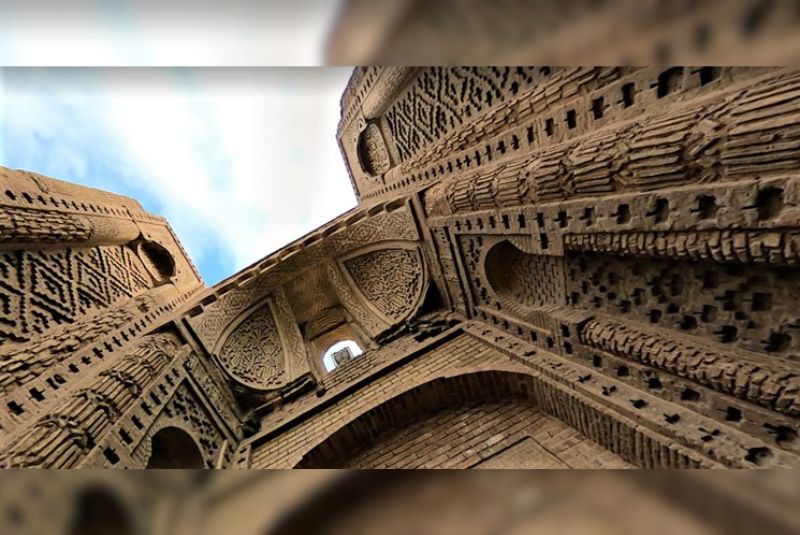
Upon entering Hakim Mosque, the first thing that captures the eye is the intricate beauty of its decorations and tiling. This mosque exemplifies the skillful architecture of the Safavid era, showcasing the mastery of the period’s architects and artists. While it shares similarities with other Safavid mosques, a closer examination reveals unique details that set it apart.
Key Architectural Features

The structure of Hakim Mosque is expansive, covering an area of around 8,000 square meters, and follows an irregular design. Its layout includes a north, east, and west front, a large courtyard, an under-the-dome prayer hall, and several other naves, including a winter prayer hall. The mosque's design follows the traditional four-porch style and features three main entrances. The overall geometry of the mosque is based on a rectangle, symbolizing unity and integrity. Smaller rectangles are strategically placed within the larger one, creating a harmonious balance and evoking a sense of peace and stability. The façade of the mosque is symmetrically adorned with numerous arches, the largest of which is framed by a vertical rectangle in the center. This use of hollowed arches represents freedom, while the indentations and height convey humility, strength, and endurance.
Hakim Mosque Entrance
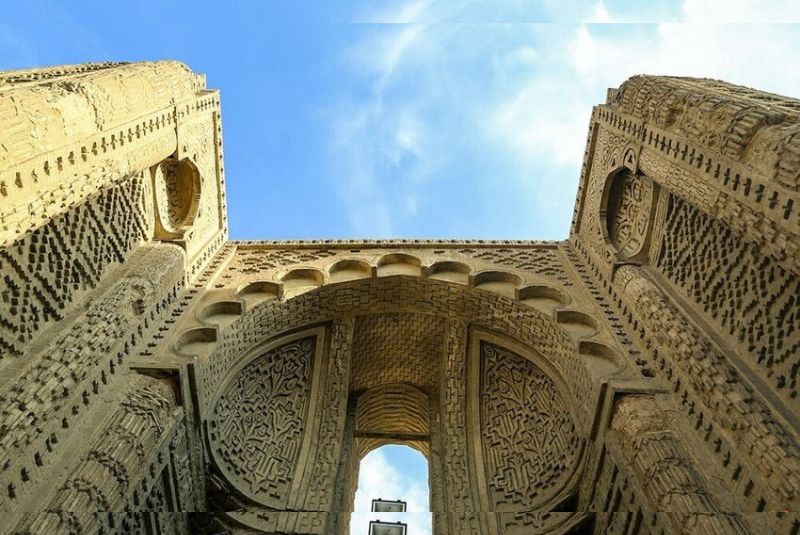
One of the most captivating features of the mosque is the Sardar Jorjir, a historical entrance that dates back to the Dailamite and Seljuk periods. This brick structure, derived from the rectangular form, showcases a sense of grandeur with its deep indentations and protrusions. The entrance incorporates several geometric shapes symbolizing strength and stability. The arch above the doorway evokes tranquility, a hallmark of Islamic architecture, while also enhancing the building’s structural resilience. Various intricate patterns, including geometric designs, floral motifs, and seven-branched lines, enhance the artistic appeal of this entrance, inspired by the architectural traditions of Ray.
Dome of Hakim Mosque

The dome of Hakim Mosque, a hallmark of Islamic architecture, is based on the circle, symbolizing centralism and balance. Smaller circles encircle the main form, representing humility, while the outer shell-like form of the dome has become an essential feature in many religious structures. The dome’s interior is adorned with eight-pointed stars and crucifix patterns, combined to inspire a sense of order, balance, and harmony.
Porches

The mosque follows the traditional four-porch design, each adorned with remarkable Iranian-Islamic architectural artistry. These porches feature intricate designs, including motifs of lilies, sunbursts, and colorful tiles, with the southern porch standing out for its stunning decorations. The flooring of the porches is covered in a striking checkerboard pattern of white and turquoise bricks, adding to the visual appeal.
Mihrab of Hakim Mosque
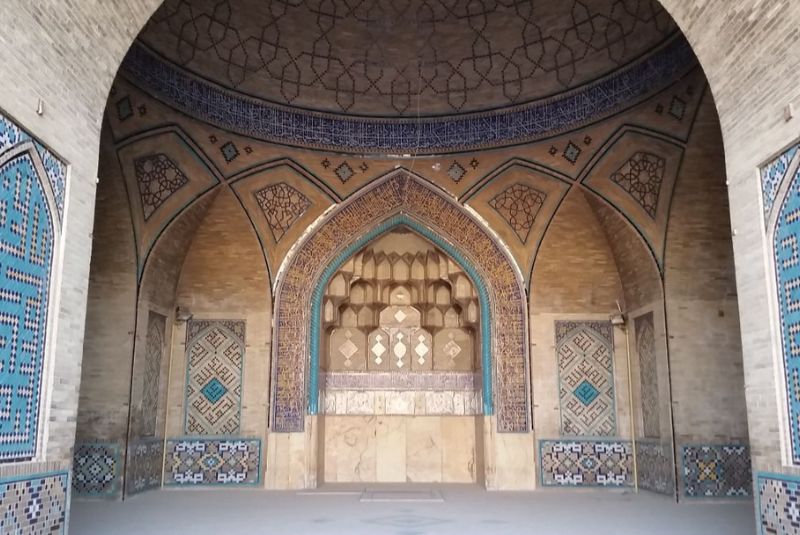
The mihrab, designed with arches symbolizing Islamic culture and art, features open triangular shapes and geometric patterns. The design follows principles of Iranian architecture, emphasizing simplicity and purpose. The geometry of the mihrab centers around a point of unity, with hexagons symbolizing the natural world and triangles representing stability and balance.
Shabestan
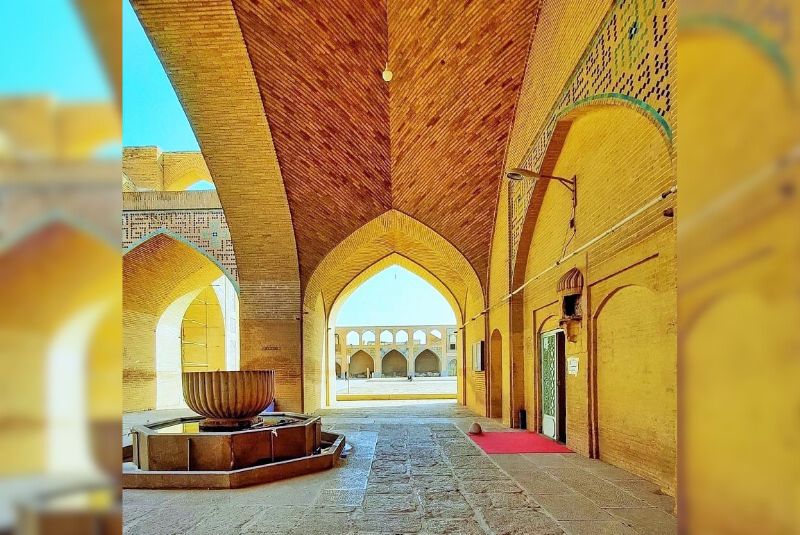
The mosque’s main shabestan, or prayer hall, is covered with an impressive roof and features exquisite seven-colored tilework, adorned with floral and bush motifs. Additional shabestans serve as separate sections for men and women, used during the winter months.
Muazzeneh of Hakim Mosque
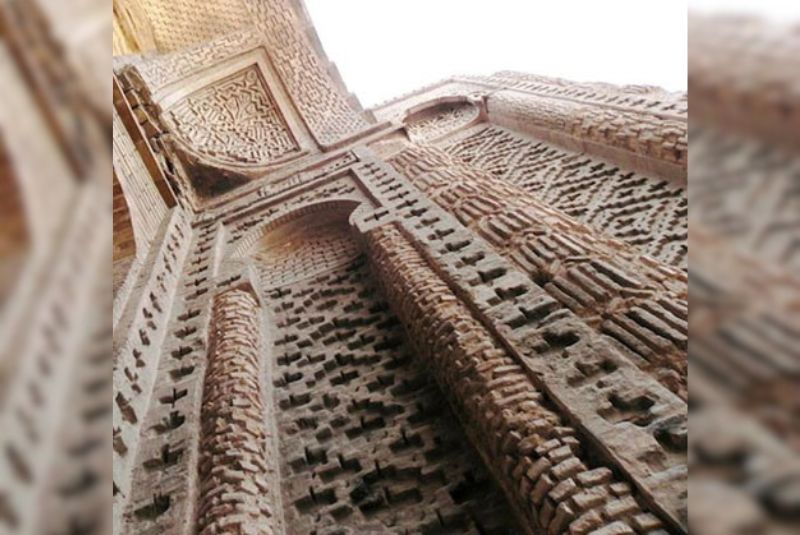
The mosque's muazzeneh, or minaret, is built on a square base, symbolizing unity and totality. Rising from this square foundation, the minaret narrows into a triangular form, evoking images of mountains and stability.
Hows-Khaneh(Pond)
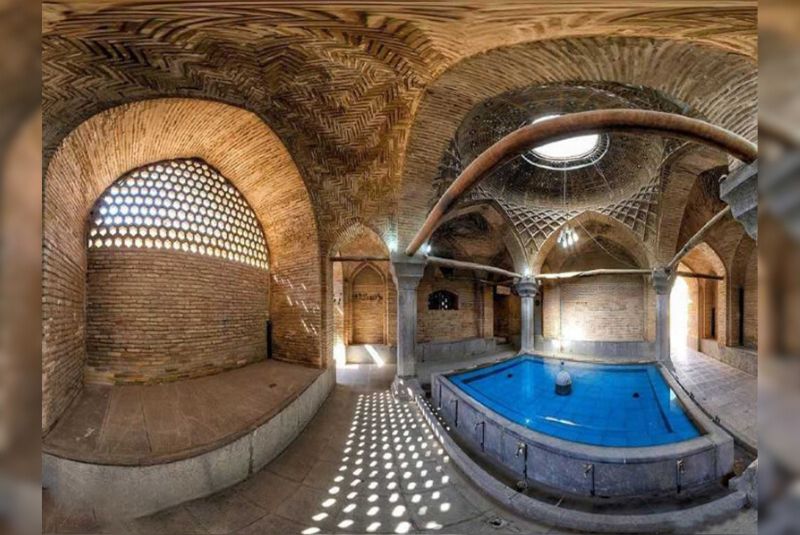
Below the mosque lies a beautiful Hows-Khaneh, surrounded by walls punctuated with small, geometrically shaped holes that allow light to filter through. The arches surrounding the pond feature platforms for sitting, with one known as the Shahneshin arch distinguished by its size and elaborate decorations.
Sundial
Two sundials, one in the northwest corner and the other atop the northwest porch, are key features of the mosque. Historically, these clocks were used to determine important times for religious practices, and their placement continues to captivate visitors today.
Hakim Mosque Location and Access
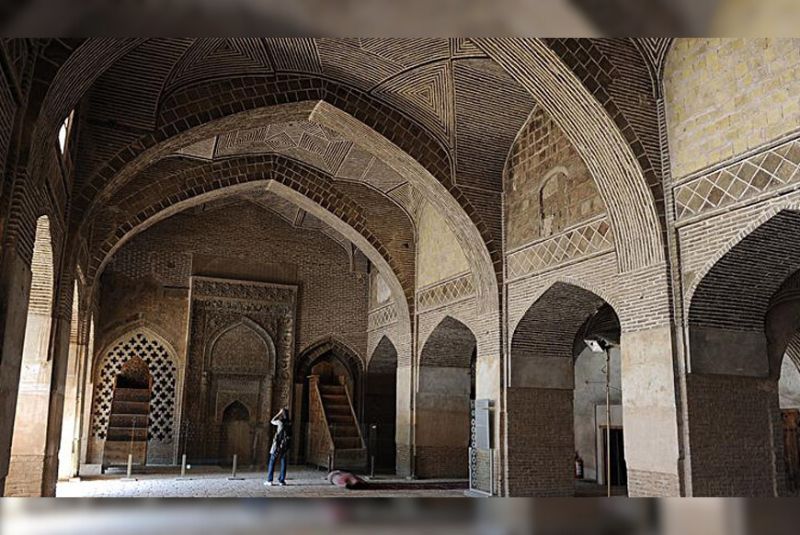
To explore the historical Hakim Mosque, you need to head to the Jorjir (or Hakim) neighborhood, located on Abdul Razzaq Street in Isfahan. The mosque is situated at the end of Rangarzan Bazaar, within Kuche Hakim.
Visitors can easily reach this mosque using private cars or public transportation options like buses and taxis.
Sights Around Hakim Mosque
After visiting the Hakim Mosque, there are several nearby attractions in Isfahan that are worth your time:
Naqsh-e Jahan Square
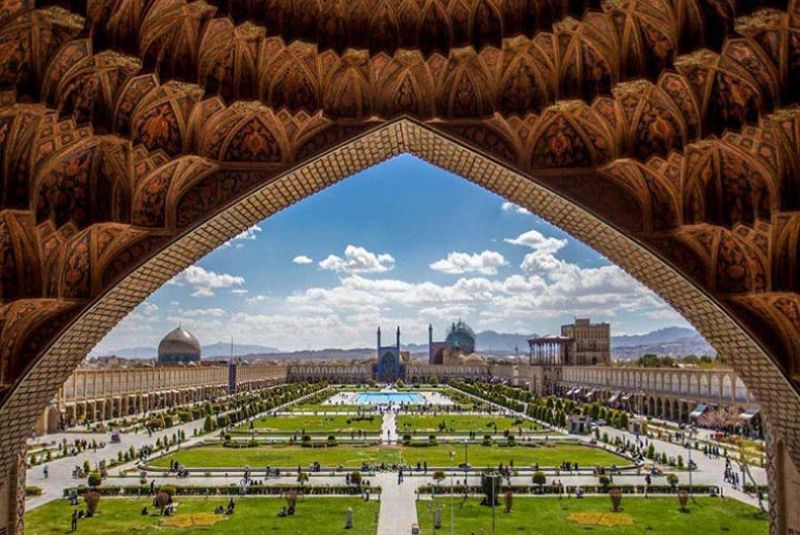
Located about a kilometer south of Hakim Mosque, the magnificent Naqsh-e Jahan Square is a UNESCO World Heritage site that brings together several of Isfahan’s most famous landmarks. Originally known as Shah Square, this stunning public space includes attractions like Ali Qapu, Imam Mosque, Sheikh Lotfollah Mosque, and the Sardar Qaisarieh.
Qeysarieh Bazaar
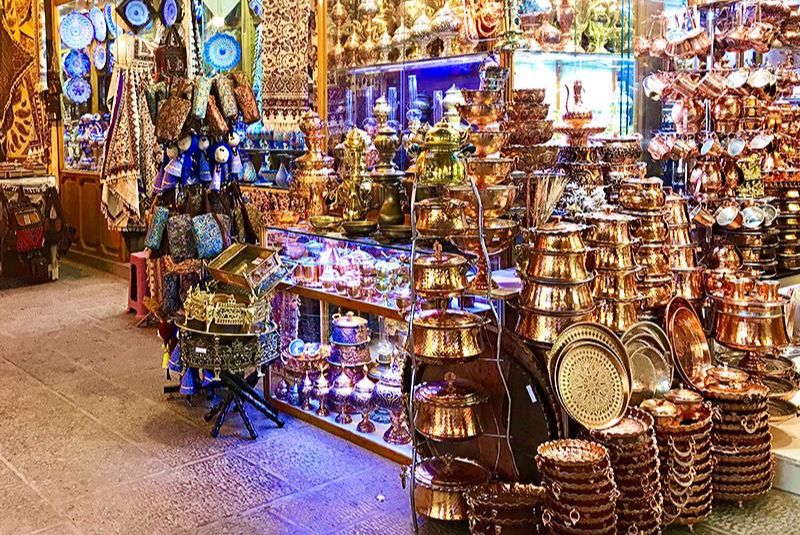
A short distance from the mosque lies the bustling Qaysarieh Bazaar, a historical market that was the largest and most luxurious shopping center during the Safavid era. You can access the bazaar through the historic Qaysarieh Gate, located on the northern side of Naqsh-e Jahan Square. The bazaar offers a unique combination of shopping and sightseeing, making it an essential stop for any visitor.
Chehel Sotoun Palace
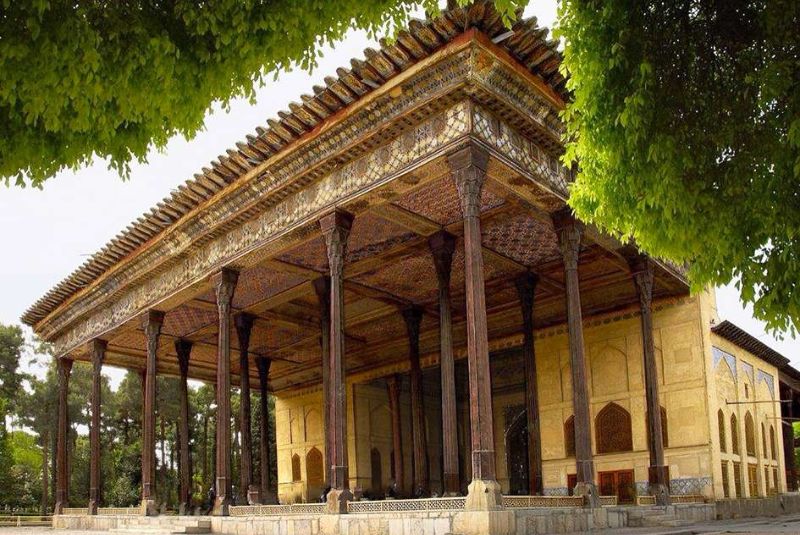
Just two kilometers from Hakim Mosque, Chehel Sotoun Palace stands as another remarkable relic of Isfahan’s rich history. This beautiful palace, with its vast 67,000-square-meter grounds, was initially built during the reign of Shah Abbas I and completed to its full grandeur under Shah Abbas II.

Final Takeaway
The Hakim Mosque holds immense cultural and historical significance, sitting within the heart of Isfahan’s rich heritage. The mosque’s unique Quranic and decorative inscriptions, along with its stunning geometric tiling and architectural lines, offer visitors a distinct experience of Islamic art and design. If you find yourself in Iran or Isfahan, don’t miss the opportunity to visit this remarkable mosque.
Share your story!
Comment below and let us know about your Experience.
Your story inspires others!


Comment
Leave a Comment